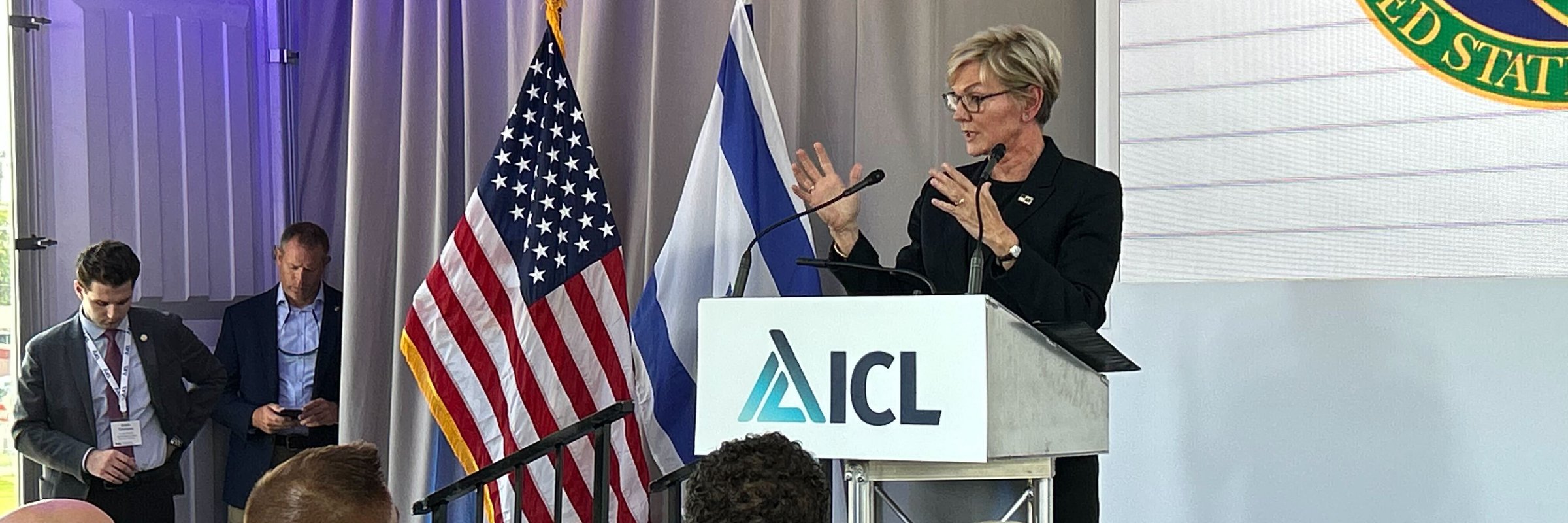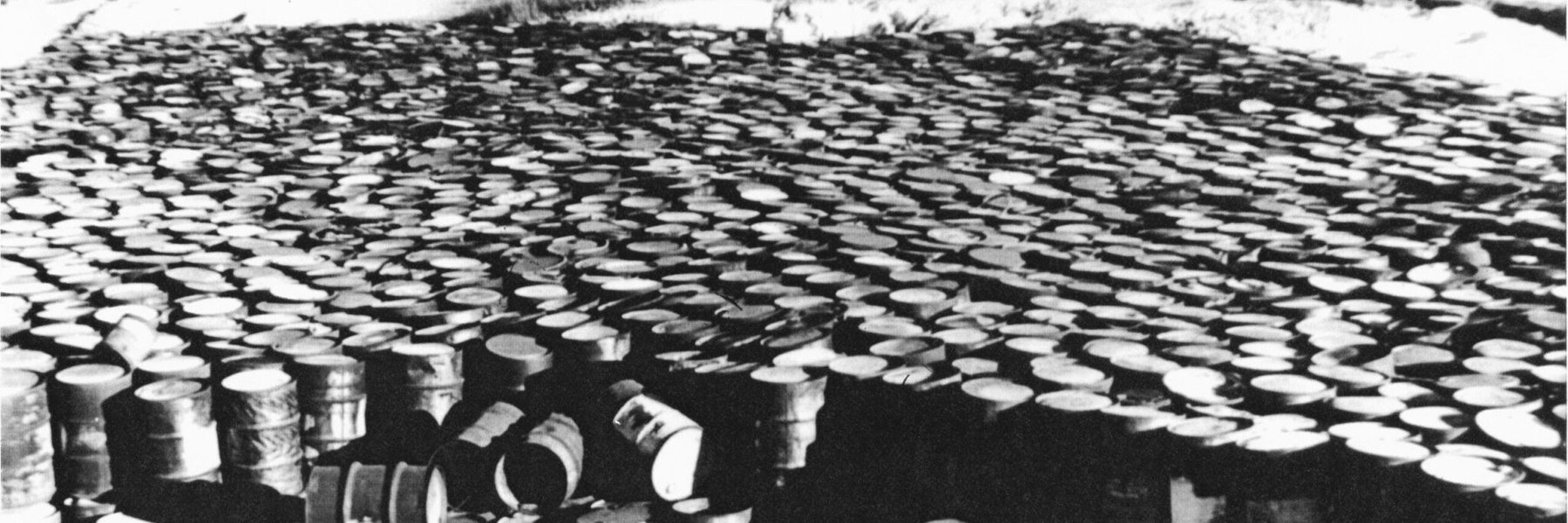This story has been updated to include details of the energy secretary’s visit to contaminated sites and a response from U.S. Rep. Cori Bush, D-St. Louis.
ST. LOUIS — U.S. Energy Secretary Jennifer Granholm in a visit to Missouri on Tuesday would not commit to supporting bipartisan legislation meant to compensate people who have been exposed to radioactive material from the U.S. weapons development and production.
“I can’t speak for the administration on that particular piece because I just don’t know the answer,” Granholm told reporters, “but it certainly is something worth looking at, for sure, to bring justice to the families that have been affected.”
Granholm was in St. Louis to tout projects funded by the Bipartisan Infrastructure Law and attended a groundbreaking ceremony for a $400 million battery materials manufacturing facility. Her visit comes as her agency faces calls from activists and elected officials to clean up sites contaminated decades ago with nuclear waste from the World War II-era Manhattan Project.
In her remarks, Granholm didn’t mention the region’s struggle with radioactive waste. But she took questions on the subject. Later in the day, she visited a contaminated site in St. Charles County with U.S. Rep. Cori Bush, D-St. Louis.
“There is no doubt that we have to clean up these sites,” Granholm said, “and there’s no doubt that the testing and remediation is ongoing now…We’ve got to make sure that people feel safe.”
The St. Louis area was pivotal to the development of the first atomic bomb, and the Manhattan Project casts a long shadow over the region. Sites where uranium was processed or stored have been contaminated for decades, leading to higher cancer risks in some areas.
The issue has been covered extensively over the years, but a six-month investigation by The Missouri Independent, MuckRock and The Associated Press found that federal officials and private companies either downplayed or failed to fully investigate the extent of radioactive contamination in St. Louis and St. Charles counties, allowing generations of families to be exposed.
The findings prompted renewed calls for an end to the decades-long environmental disaster.
U.S. Sen. Josh Hawley, a Missouri Republican, called on Granholm to tour the sites and sent a list of questions to her office last month.
“The allegations in this report demand answers,” Hawley wrote, referencing the reporting of The Independent, MuckRock and the AP. “The people of St. Louis have a right to know the full extent of radioactive contamination in their community.”
A bipartisan group of senators attached an amendment to the National Defense Authorization Act that would expand an existing program to offer compensation to residents who have become ill because of possible exposure to radioactive waste.
The legislation, which still faces a vote in the House of Representatives, would expand the Radiation Exposure Compensation Act to Missouri and long-overlooked communities downwind of where nuclear weapons were tested during World War II.
Dawn Chapman, co-founder of Just Moms STL, has been advocating for communities around the West Lake Landfill, a contaminated site in Bridgeton, for a decade.
Chapman believes Granholm’s predecessors at the U.S. Department of Energy and earlier nuclear regulators deceived Missouri. She had hoped to discuss the issue with the secretary during her visit, but she was unable to arrange a meeting.
“To have her be so close to us and in town,” she said, “it is a really hard thing.”
She added: “There are people here who have just been through absolute tragedies in their family because of the agency she heads and what they did.”
Bush said in an interview Tuesday evening that Granholm wasn’t able to meet with residents who lived near contaminated sites or who had been harmed by nuclear waste because of her tight schedule.
But Bush met with advocates on Monday so she could convey their concerns to the secretary on Tuesday. Granholm was familiar with the sites and news findings about the Department of Energy’s earlier failures, Bush said.
She couldn’t share any commitments Granholm had made to take action at the sites, but Bush said the secretary was receptive to the community’s concerns. Bush said she and Granholm talked about how urgently the sites need remediation.
“While we’re waiting for this cleanup to be completed…people are still dying…people are still getting sick,” Bush said, adding: “It’s a matter of life and death.”
In the St. Louis area, contamination from the Manhattan Project lingered in numerous sites for decades.
After the war, waste from uranium processing efforts in downtown was trucked to the airport where it sat, exposed to the elements, for years. Wind and rainwater eroded the site, and the waste contaminated Coldwater Creek, which winds through busy northern St. Louis County suburbs.
From there, it was transported to a property in Hazelwood, also adjacent to the creek. When the waste was removed, the site wasn’t fully decontaminated.
Waste left at the Hazelwood site that couldn’t be further processed to extract valuable metals was trucked to the West Lake Landfill and illegally dumped there in 1973. It remains there today.
Uranium was also processed at a separate site in Weldon Spring during the Cold War. Though production ended in the 1960s, the site wasn’t cleaned up for more than 30 years.
Still, contamination remains in the groundwater around the site.
The Missouri Department of Natural Resources wrote to the Department of Energy in 2021 that uranium concentrations in the groundwater weren’t improving.




